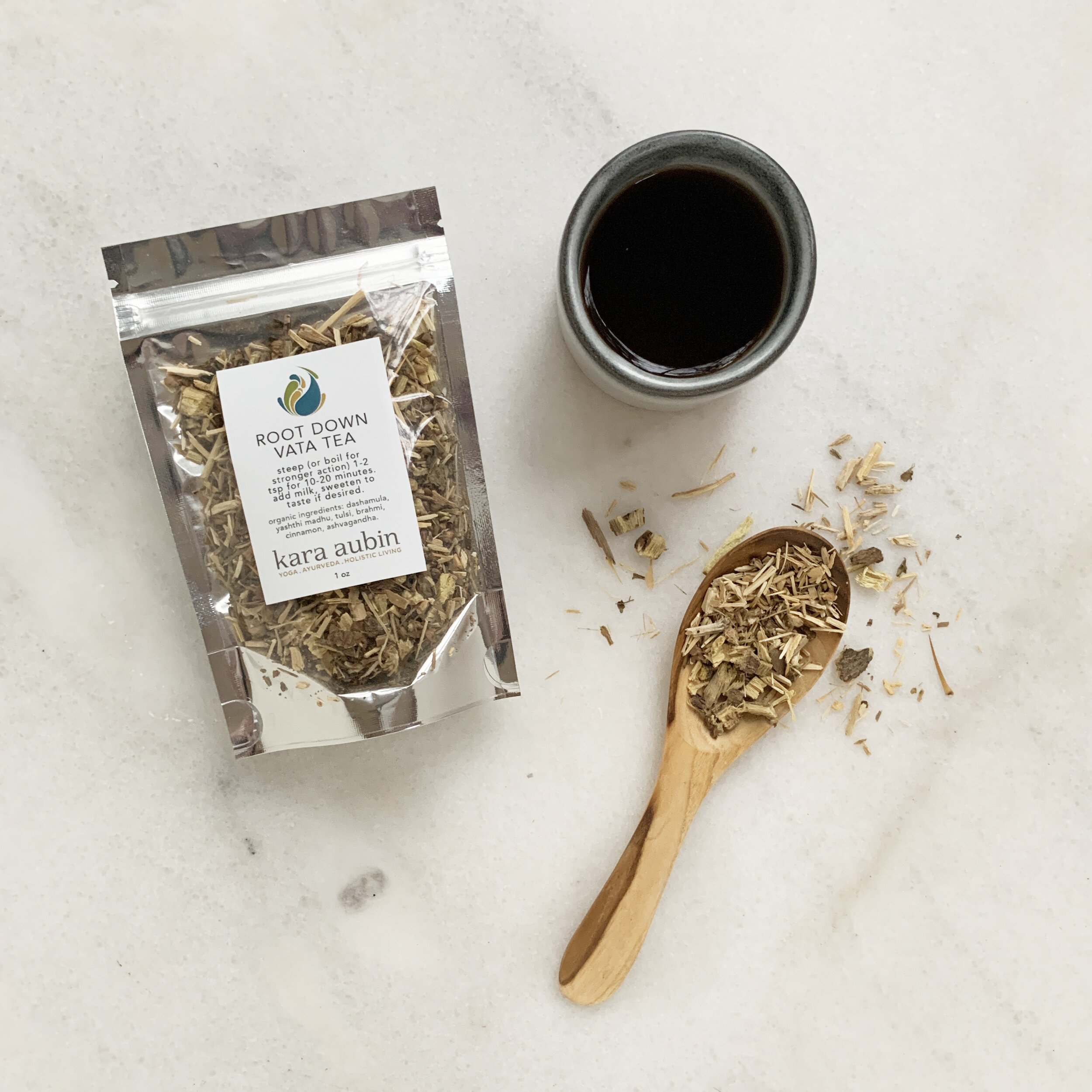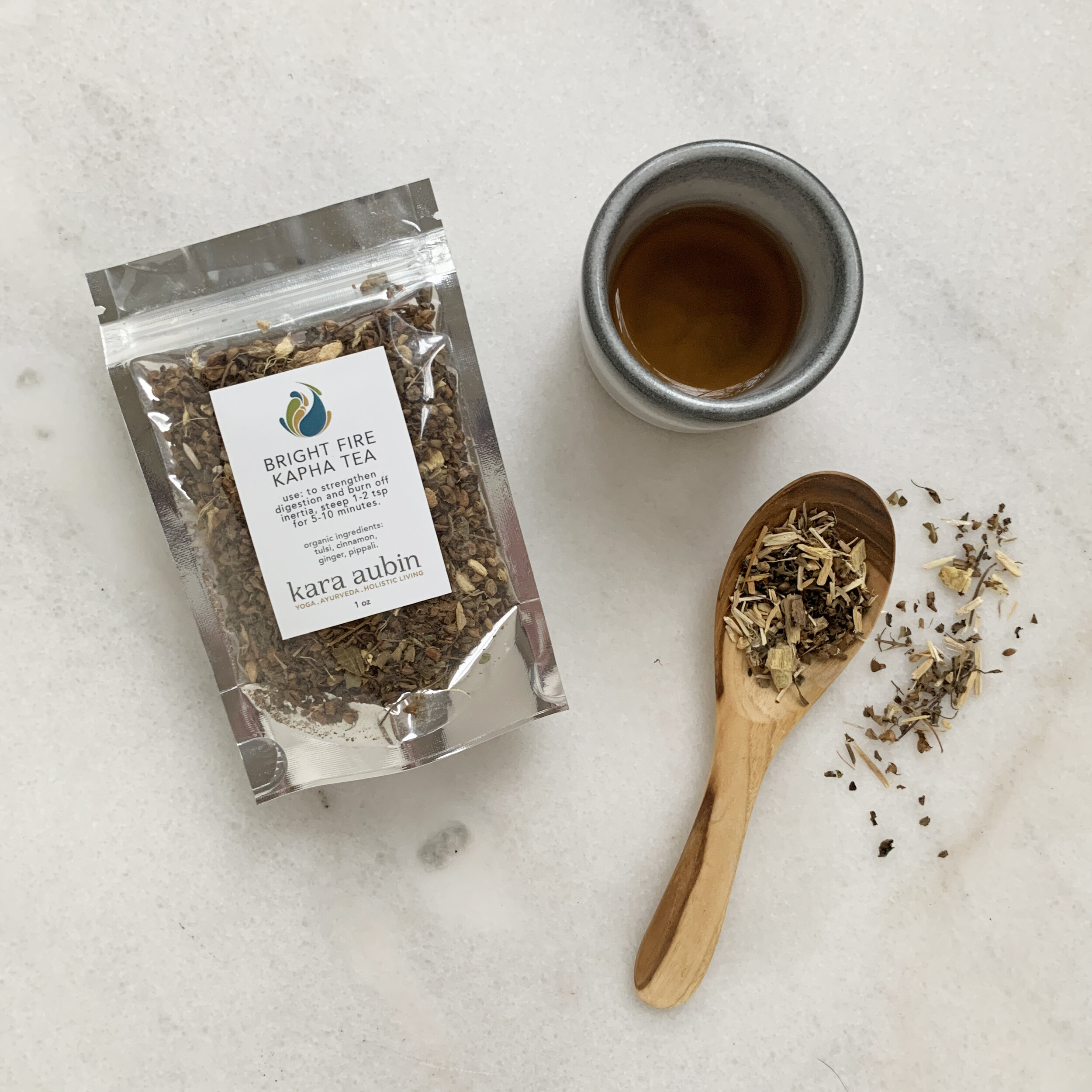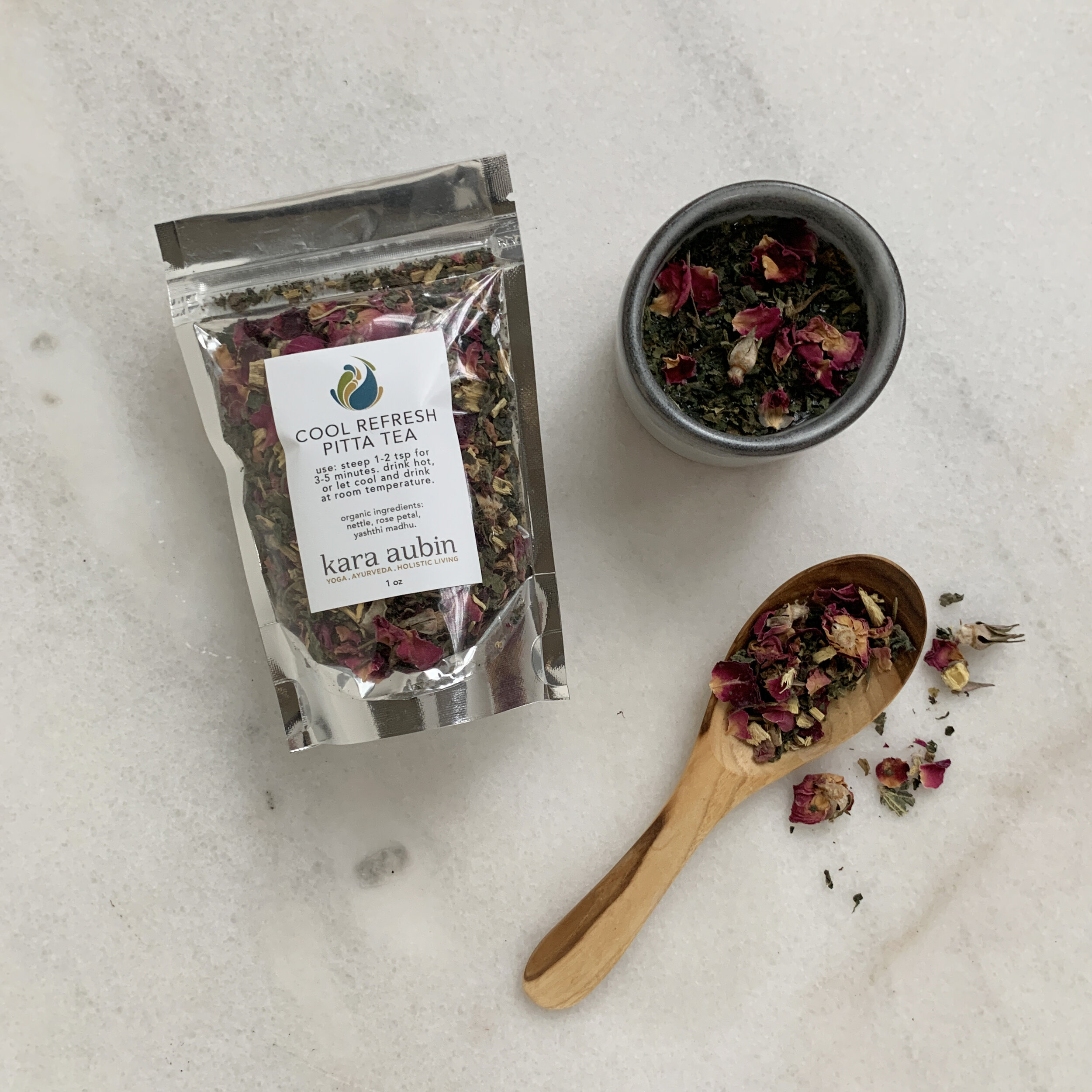understanding the dhatus: rakta dhatu
“the doshas (energy principles), dhatus (tissues), and malas (wastes) are always the roots of the body.”
what is rakta dhatu ?
Ayurveda identifies seven tissues, or dhatus, that comprise the substratum of the functional systems of the body. When we understand the form and function of these tissues we will understand what imbalances can arise in them, and how to best care for these tissues.
Rakta Dhatu, the second of the seven, is a fluid tissue that is formed from the by-products of Rasa Dhatu. We find overlap between Rakta Dhatu and red blood in the western anatomical model. Ayurveda names Rakta’s qualities as red in color, spreading, sharp, pulsating, and with a sour smell of iron.
Rakta’s primary function in the body is jivanam; life-giving. It gives good complexion, nourishes the dhatus, aids in touch perception, and provides precursors to the next tissue, Mamsa Dhatu. Sushruta Samhita, one of the great three Ayurvedic texts, considers Rakta of such import, that it could be considered a fourth dosha.
what do imbalances of rakta look like?
Each tissue can be produced in excess, or be deficient in each individual organism. A set of symptoms arises from each imbalance.
Where a body has excessive Rakta Dhatu, which is Pitta-genic in nature, we will experience a set of Pitta-like symptoms:
skin conditions like eczema, rashes, acne, cold sores, and hyperpigmentation
bruising, bleeding, and purpura
burning sensation, over-heated, and thirst
acidity
inflammatory joint and connective tissue disorders
improper craving for pungent, sour, and salty
red or ruddy complexion, reddish discoloration
jaundice
restlessness and dissatisfaction
This excess of Rakta Dhatu will be caused by Pitta increasing inputs, which we’ll explore more deeply below.
Conversely we can have too little of the life-giving fluid of Rakta. This creates symptoms like:
feeling lightheaded and weak
anemia
craving sour and cold
dry, uneven, cracked skin
poor formation and function of the muscular system
varicosity of the blood vessels
low blood pressure
what imbalances rakta dhatu?
As Rakta is so closely related to Pitta dosha we’ll see Pitta aggravating food and activities as a primary cause for Rakta imbalances. Causes like:
food or beverages which cause burning sensation
pungent, spicy items
sour, acidic items
excessive oily, hot, liquid foods
fried foods, ferments, and alcohol have high impact here
excessive exposure to sunlight and wind
poisons
how to support rakta?
While the symptoms of Rakta imbalance are troublesome themselves, its also important to remember that they are the precursors for more advanced disease processes. So, we want to recognize them as they arise, and turn to our Ayurvedic practices to properly nourish and balance each tissue.
Rakta, being a Pitta-genic tissue, will often benefit from Pitta pacifying practices.
favor bitter, astringent, and sweet tastes
reduce pungent (spicy), salty, and sour (citrus, ferments, acidic) tastes
decrease the oily quality of food, especially fried
eliminate or lessen toxins that the liver has to filter (this includes alcohol)
avoid excessive exposure to heat (sauna, hot tub, overly hot showers)
address any Pitta imbalance in the roots of the red blood system, the liver, and spleen (clinically this is typically accomplished first by removing aggravating causes and then supporting the liver herbally)
If you need to build the health of Rakta Dhatu, you can use these specific practices
incorporate blood building, iron rich foods:
cook using cast iron
utilize culinary herbal supports like Pitta Churna, Pitta Cool Refresh Tea, Mental Clari-Tea
utilize herbal supports like bhumyamalaki, kutki, neem, bhringaraja, or a formulation like Liver & Gallbladder formula
why it matters?
If Rakta’s primary function in the body is jivanam (life-giving), then it follows that we should do everything we can to protect and support this dhatu. Keeping Rakta balanced helps avoid inflammation, especially in the connective tissue and mucus membranes, and has a direct impact on female reproductive health. Pick a few Pitta pacifying and Rakta building practices from above, and see what you notice after a month or so of implementation.
In the coming months we will be exploring each of the remaining dhatus:
Mamsa (muscle tissue)
Meda (adipose tissue)
Asthi (bone tissue)
Majja (nerve tissue)
Shukra/Artava (reproductive tissue)
We will dive deep into best practices for supporting and nourishing each of them. Up next, Mamsa dhatu.
Oh, and if you missed our first post of this series on Rasa Dhatu, head back and meet this important first bodily tissue.
related products
related posts
loved what you learned? feeling inspired? share this article with someone who would benefit!
you can also share via the social icons below.

















